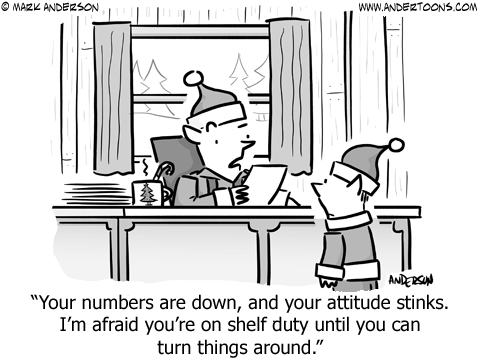Good morning, Whitewater.
Saturday will bring a probability of rain and a high of thirty-nine. Sunrise is 7:24 and sunset 4:27, for 9h 02m 41s of daytime. The moon is a waning gibbous with 98.4% of its visible disk illuminated.
California’s Venice Beach has never looked better than by drone’s eye view:
On this day in 1776, Washington is victorious at Trenton:
George Washington’s crossing of the Delaware River, which occurred on the night of December 25–26, 1776, during the American Revolutionary War, was the first move in a surprise attack organized by George Washington against the Hessian forces in Trenton, New Jersey on the morning of December 26. Planned in partial secrecy, Washington led a column of Continental Army troops across the icy Delaware Riverin a logistically challenging and dangerous operation. Other planned crossings in support of the operation were either called off or ineffective, but this did not prevent Washington from surprising and defeating the troops of Johann Rall quartered in Trenton. The army crossed the river back to Pennsylvania, this time laden with prisoners and military stores taken as a result of the battle….
On the morning of December 26, as soon as the army was ready, Washington ordered it split into two columns, one under the command of himself and General Greene, the second under General Sullivan. The Sullivan column would take River Road from Bear Tavern to Trenton while Washington’s column would follow Pennington Road, a parallel route that lay a few miles inland from the river. Only three Americans were killed and six wounded, while 22 Hessians were killed with 98 wounded.[34] The Americans captured 1,000 prisoners and seized muskets, powder, and artillery.[34][35]


